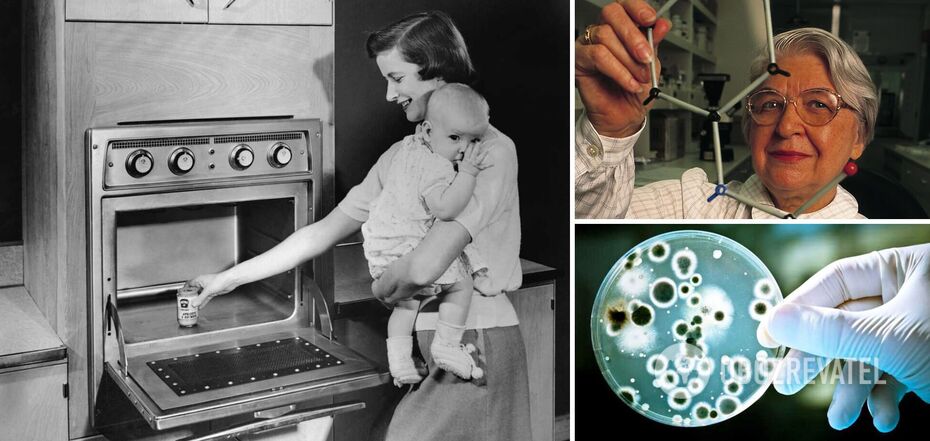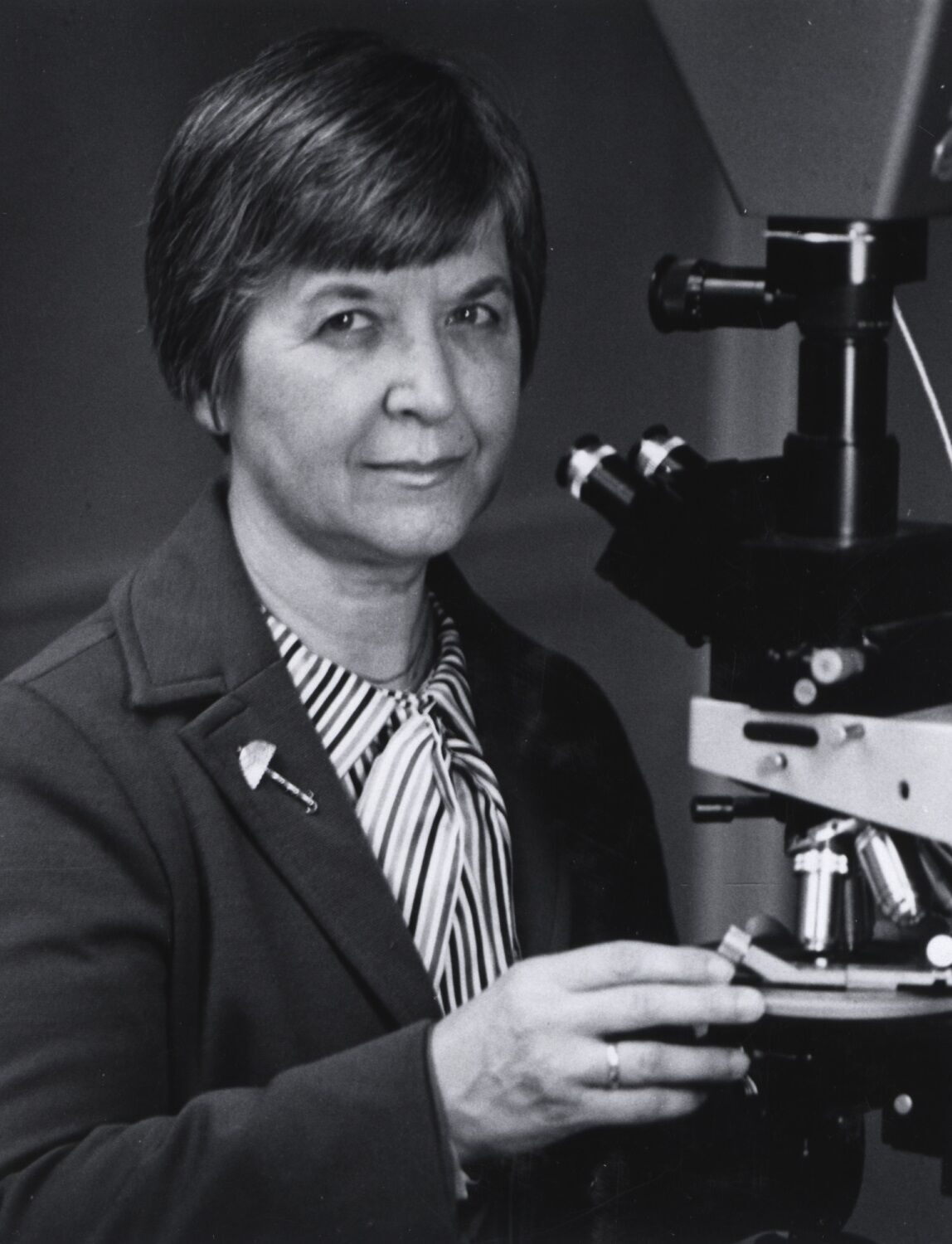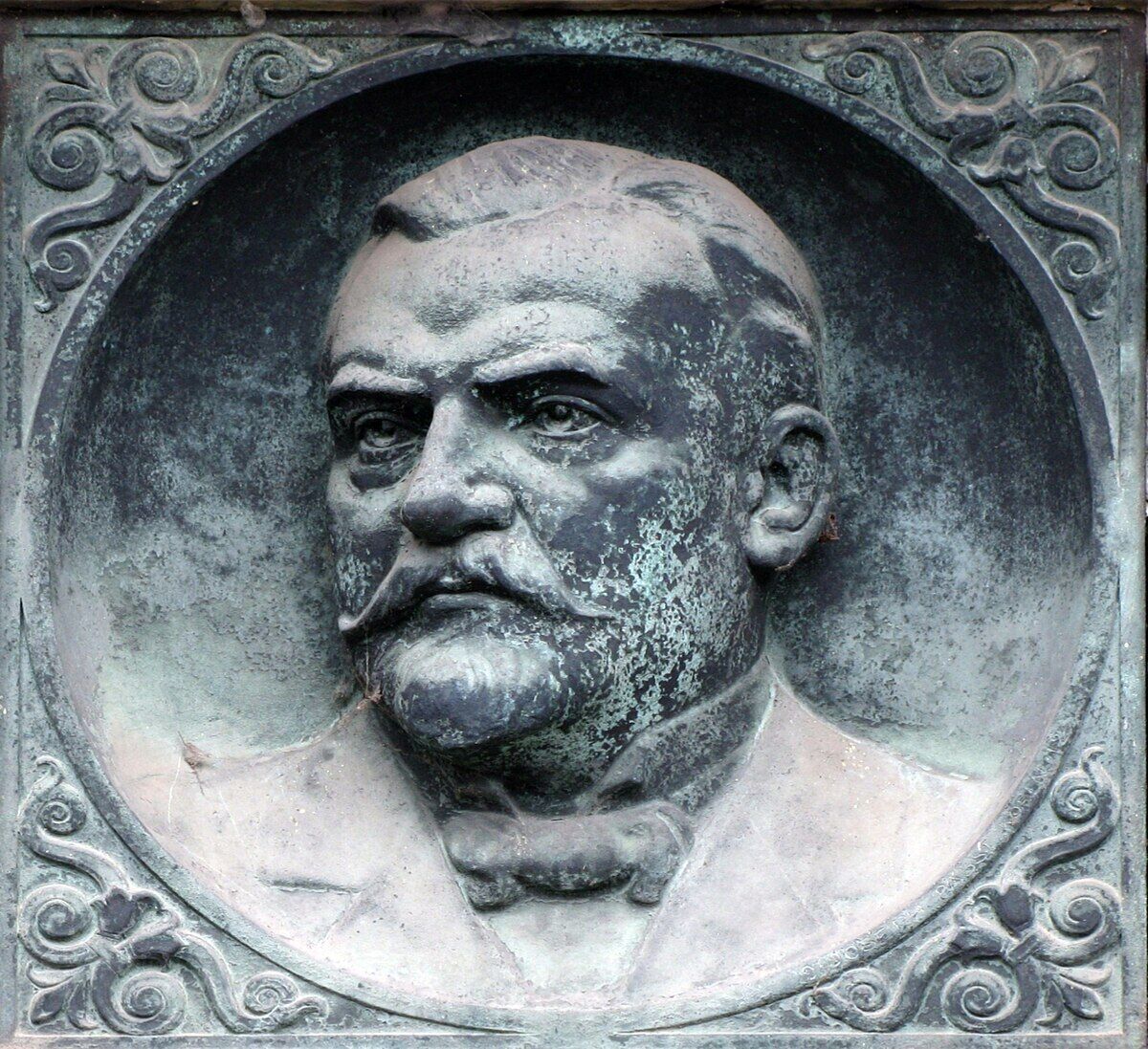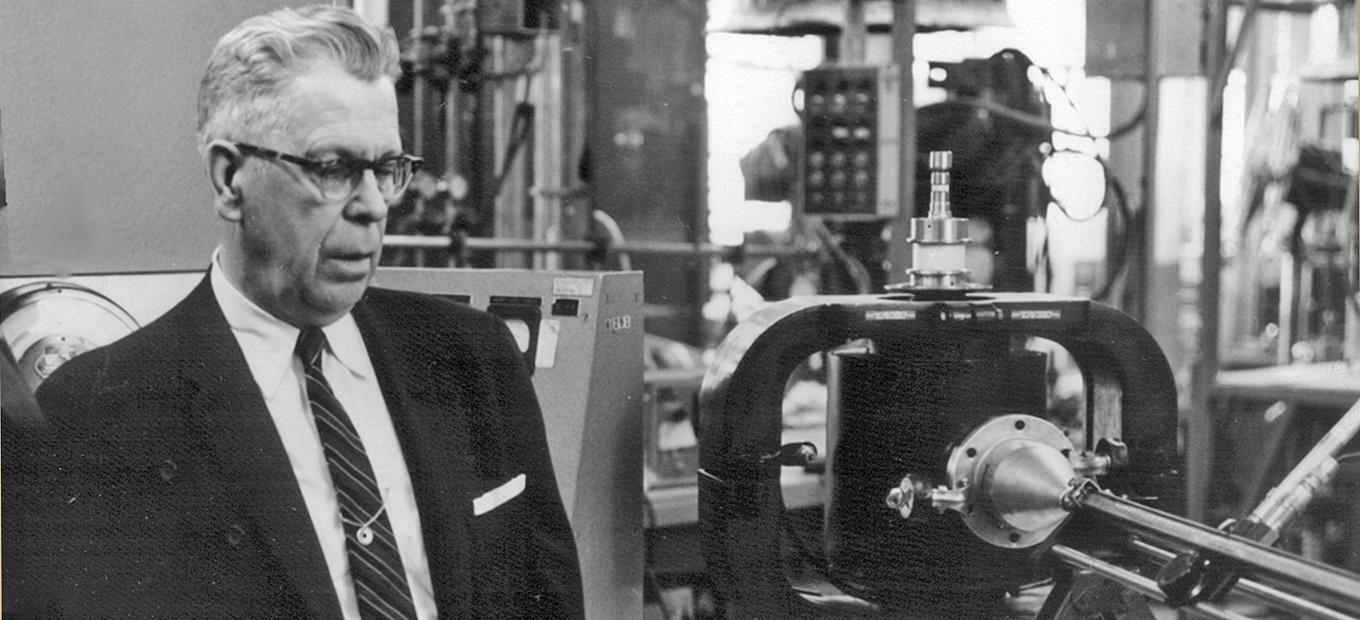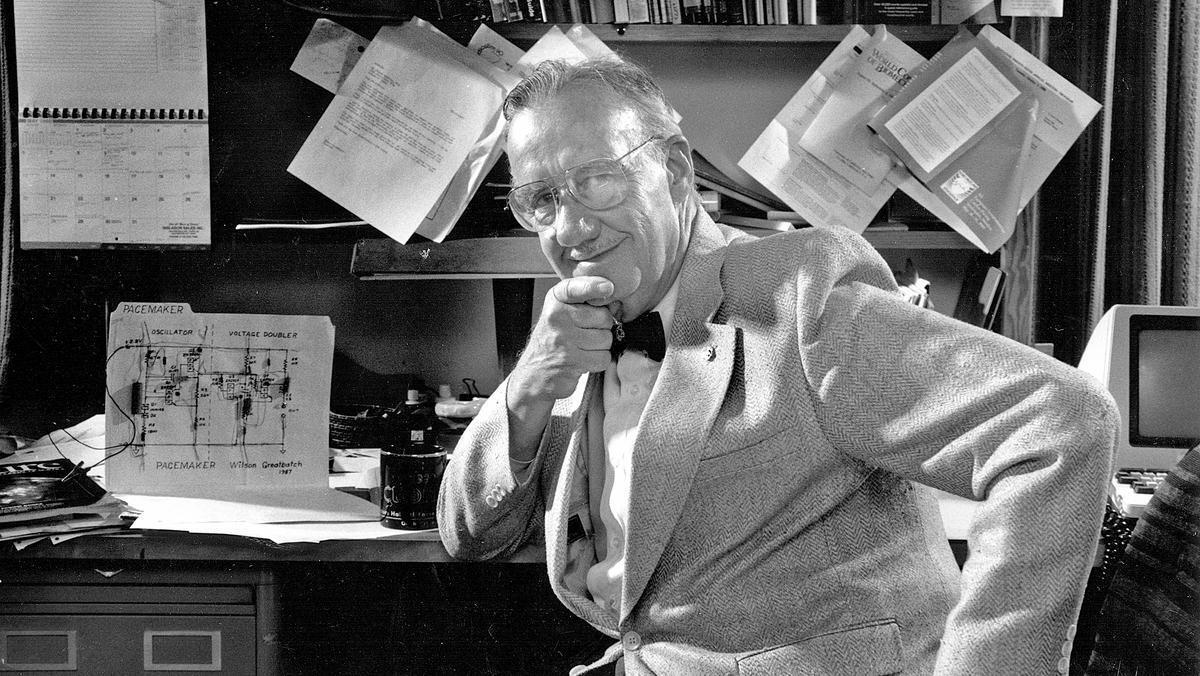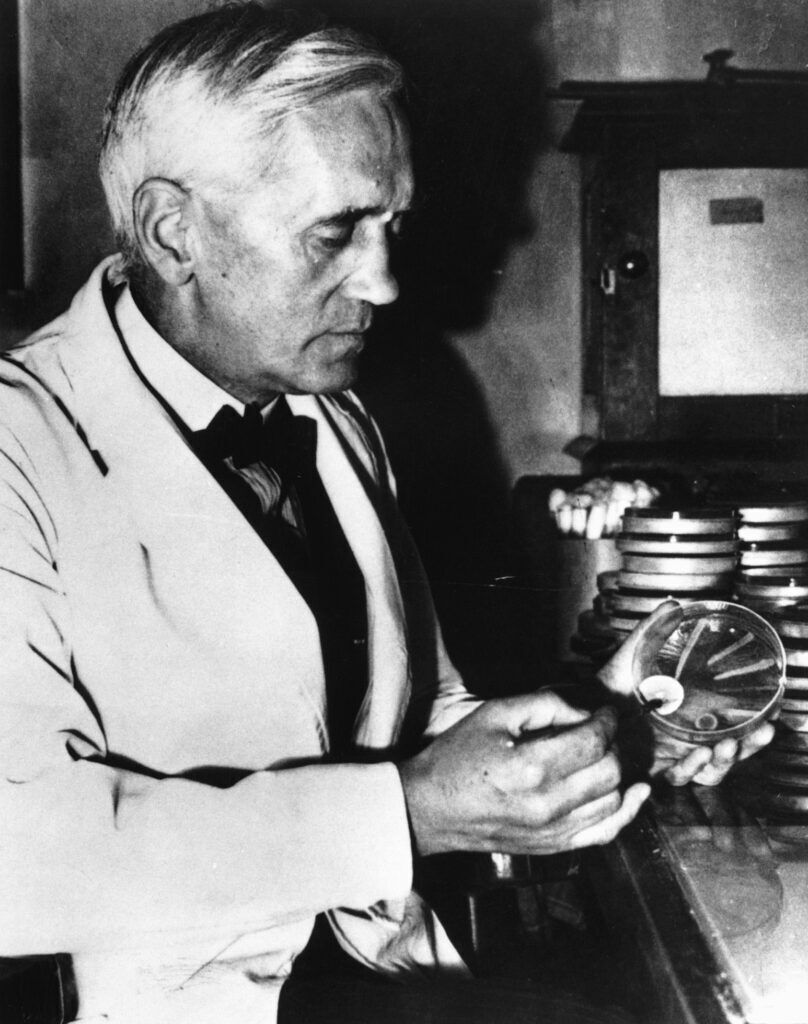News
Microwaves and pacemakers might not have been invented: five scientific mistakes that revolutionized and changed the world
Many scientific discoveries were made by accident or mistakes made by experimenters. That's how Kevlar, saccharin, microwave ovens, pacemakers, and even penicillin appeared in the modern world.
OBOZ.UA has collected information about five inventions whose creators tried their luck and changed the world.
Kevlar
Poly-paraphenylene terephthalamide, better known as Kevlar, was created by an American chemist of Polish origin, Stephanie Kwolek.
In 1965, she worked for DuPont. This company wanted to get a new polymer - lightweight and strong at the same time - to use in car tires.
Kwolek conducted many experiments and discovered a special formation of chains of molecules that was exceptionally strong and rigid. However, the resulting solution was strange, cloudy, and watery. Other scientists might have thrown away the "failed" material. The spinning engineer flatly refused to put this solution into the machine, fearing it would ruin it. Stephanie finally persuaded him to experiment.
The resulting yarn turned out to be five times stronger than steel, and its characteristics surprised even Kwolek. At first, she assumed that the device had broken down as the numbers were so high.
By 1971, the new fiber had undergone additional tests and improvements and was introduced to the world as Kevlar.
Saccharin
The German chemist Constantin Fahlberg made his completely accidental discovery in 1879.
The scientist, who was working on coal tar derivatives, noticed that his food had become surprisingly sweet. He assumed that the taste was related to the benzoic acid sulfimide compound he had been working on before.
Five years later, industrial production of saccharin, a substance 700 times sweeter than sugar with fewer calories, was launched. It is labeled as E 954 and is approved for use in all foods in more than 90 countries.
Microwave oven
The American engineer and inventor Percy Spencer worked for Raytheon, a contractor of the US Department of Defense, making a landmark discovery in 1945.
He noticed that microwave radiation could heat objects. Several legends were born about how he did it. According to one version, he noticed how a sandwich placed on a switched-on magnetron heated up. Another version is that Spencer was very fond of sweets and a chocolate bar left in his pocket melted when the scientist stood in front of an active radar.
A patent application for the microwave oven was filed on October 8, 1945. The manufacturer named it the Radarange.
Implantable pacemaker
American engineer Wilson Greatbatch developed the internal pacemaker in 1956. Before that, he worked on a device for the Chronic Disease Research Institute that was supposed to record heart rhythm.
The scientist accidentally inserted an unsuitable resistor into his experimental apparatus and noticed that instead of recording, the machine began to produce an irregular pulse. So he had the idea to develop another device that would produce regular small pulses and thereby stimulate a sick human heart.
In 1961, a license for the device was presented to Medtronic, a Minneapolis-based company that developed an external pacemaker.
Penicillin
The dramatic increase in life expectancy in the 20th century is due to penicillin. Thanks to this antimicrobial substance, doctors were able to treat such serious diseases as bacterial endocarditis, meningitis, pneumococcal pneumonia, gonorrhea, and syphilis.
Scottish physician and microbiologist Alexander Fleming discovered the first antibiotic in history by accident. It is said that he did not always wash laboratory instruments perfectly, as required by the instructions.
One day, after returning from a two-week vacation, the scientist discovered that mold had formed on a contaminated petri dish with Staphylococcus aureus bacteria. After studying the mold, he noticed that the staphylococci around the molds had become transparent due to cellular destruction.
Fleming's research was continued by his colleagues Howard Walter Florey and Ernst Boris Chain from Oxford University. They are credited with the development of penicillin for use as a medicine in mice.
Only verified information is available on OBOZ.UA Telegram channel and Viber. Do not fall for fakes!


